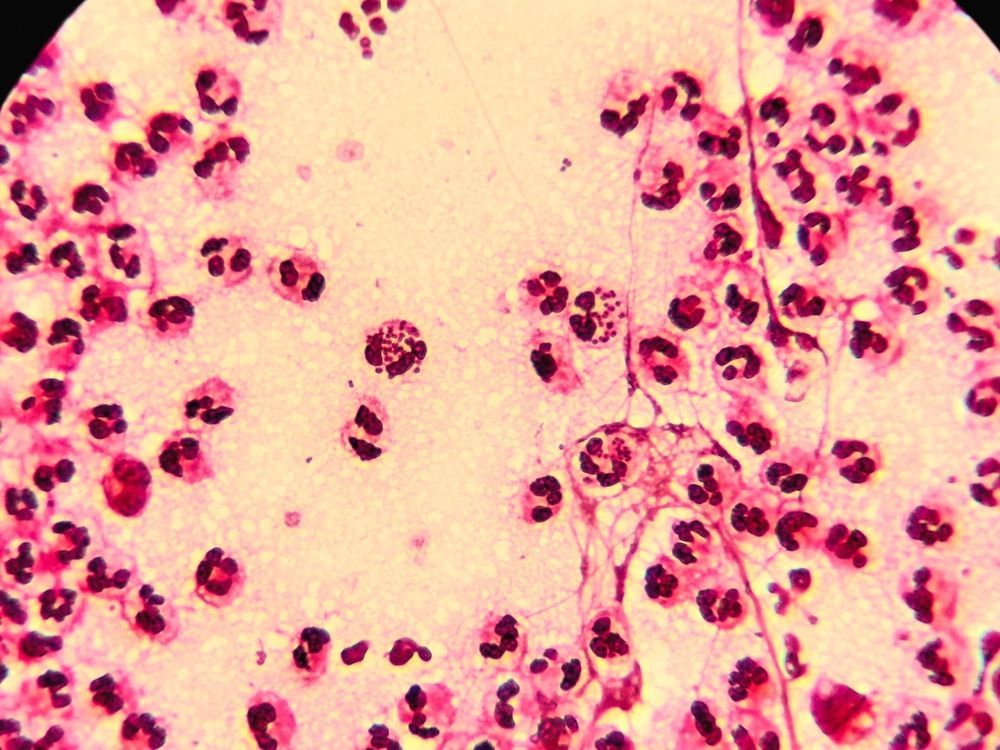Alternatives To Baby Formula When it is Out of Stock
Share this Article:
People need alternatives to baby formula when it is out of stock! Within the past couple months, the United States has experienced a perfect storm of supply chain challenges, rising costs of goods and transportation, and a key production plant closure that has resulted in supply shortage of baby formula. Pregnancy Care Clinic is not immune. We were notified last month by Abbott (producer of Similac) of a major recall. Nearly 90% of Pregnancy Care Clinic’s stock was gone over night! There is a light at the end of the tunnel since Abbott has petitioned the FDA to allow them to re-open their Sturgis Michigan formula plant. It will however take time for those resources to make it to the markets. President Biden also announced plans to remove restrictions allowing direct imports of baby formula from other countries.
Pregnancy Care Clinic offers a program called Moms Helping Moms twice a month. By participating in this program, we offer baby supplies including formula so long as our limited supplies last . Contact us to learn when the next meeting will take place, and be added to the list!
Alternatives when formula is out of stock
Use a different brand
Breast milk flavor changes as the diet of the mother changes. Babies can adjust to different formula manufacturers or even types. Try different brands, even some specialty formulas for sensitivity that are available. Consider using a brand that is not part of WIC, and less recognized. You may also try European brands that are much less known in the US like Holle, Kabrita, Hipp, Kendamil, or Lebenswert. Purchasing formula directly from other countries has been stopped by the Federal Government, but you can find these brands with US approved labeling that have been imported by other companies. Consider traveling to Mexico to purchase formula and bring it back to the US. CAUTION : Some European Union (EU) brands offer FDA approved versions that are available in many retail outlets. However, the EU and Mexico have different formula standards than the FDA. Formulas that are EU and Mexico approved can have ingredients and instructions in another language. Special care should be taken to translate instructions and ensure the correct mix of water and formula is followed. It is also very difficult to know if an EU or Mexican formula has been recalled.
Consider goat milk or goat milk based formulas
Goat’s milk has high protein content, and is easy for babies to digest. Nutrients in goat’s milk are more bioavailable than cow’s milk.[4] [5] [6] More bioavailability means nutrients like iron, selenium, copper and zinc are in a form that is easier for a baby’s body to absorb. Goat’s milk is closer to human milk than cow’s milk is.[1] Goat’s milk alone is not sufficient for your baby’s diet needs. Additional supplements will be needed. (See Below)
Alternatives to Supermarkets
Consider purchasing formula online. Sites like Amazon, ebay, and Alibaba may have your preferred brand, or carry a brand you are less familiar with. There are also websites that specialize in formula you can look into:
Visit smaller stores that specialize in organic products like Sprouts and Barons. You might also find formula in overstock stores like Grocery Outlet and Mothers Markets. CAUTION: Pay close attention to expiration dates.
You might also contact a family or friend in another State or community where formula is more available. However be kind and thoughtful of the community needs for where they are. We are all in this together!
Breast Milk Banks
Breast Milk Banks typically offer human breast milk for pre-mature babies, mothers who are not yet producing breast milk, and for babies who cannot tolerate formula and the mother cannot produce it. Pasteurized breast milk is very safe. There is not a concern for infants drinking milk from another woman. History has long recorded “wet nurses” providing milk for mothers who could not otherwise nurse. Additionally there are culture groups across the globe that offer shared nursing within communities. Breast Milk Bank donors are screened for disease, smoking, and high alcohol use. If you are a nursing mother, consider donating breast milk!
The San Diego Breast Milk Bank is operated by the University of California and is located within the Blood Bank at Mt. Hope. Pickup is by appointment only , and purchasing more than 40oz requires a prescription from a doctor. Lean more about how to use the San Diego Breast Milk Bank here. This is an expensive option. Learn about pricing here.
Another alternative would be to form co-ops with other nursing mothers. Caution: This should be done with mothers you trust and know their health history.
Food Banks and Resources
Make your own
Baby formula is designed to be balanced specifically for the age range indicated by nutritionists, food engineers and the FDA. Media and government agencies are trying to dissuade families from making baby formula by using terms meant to elicit an emotional response. However, families have made their own baby food and “formula” for years before these pharmaceutical companies and food processing companies began producing it. There are internet memes and stories of parents mixing evaporated milk with Karo Syrup. This particular recipe should be used as a last resort when all other options are exhausted, and should not be used exclusively for a long time. Corn Syrup is bad for normal insulin processes in the body. And this recipe is not balanced, and does not have the various nutrients your baby needs. There are however, wonderful modern pioneers who could not feed their baby manufactured formulas. Their recipes and lessons learned have been made available to us over the internet. The goal is to make your home made recipe match as close as possible to breast milk or formula. This typically takes a lot of attention to detail, measuring, counting calories and other key components. Here is a goats milk recipe PCC recommends you to consider.
CAUTION: Food handling safety is of the utmost importance when making your own formula. Excess prepared formula should be refrigerated and used rapidly. Use fresh unexpired ingredients. Observe your baby when changing formula recipes. It is always advisable to consult with a pediatrician when changing to a home made formula.
Important supplements
When making your own formula, discuss your baby’s supplements and formula recipe with your pediatrician as soon as you are able. The following supplements are some of the things to consider when making your own. These supplements are available at various markets and pharmacies. Supplement manufacturers should provide dosing recommendations and guidelines.
DHA – is Docosahexaenoic Acid which is an Omega 3 Fatty Acid. It plays a key role in the development of eye, nerve and brain tissues. It has also been safely given to children 4 years and older at doses of 0.4-1 gram daily for up to 1 year. DHA is possibly unsafe when used in preterm infants born at less than 29 weeks, as it might worsen breathing in these infants. Follow manufacturer dosing guidelines [3]
Iron – Iron is used to produce hemoglobin which moves Oxygen throughout the body. Be sure and follow manufacturer guidelines for dosing instructions.
Vitamin C – Also called Ascorbic Acid is a water soluble vitamin that is commonly found in Citrus fruits. Supplementing vitamin c when no other vitamin c fortified foods are consumed will support overall health. Vitamin C is used throughout the whole body.
Infant/baby multivitamin – There are many vitamins that are typically included in baby formulas. If no other foods are used for your baby’s diet, you should consider a multivitamin drop that includes, Vitamins A, B, C, D, E. It will be important to consider all the sources in your baby’s diet that might contain vitamins.
Folate – is also called Vitamin B-9. This vitamin helps break down carbohydrates and amino acids, and is a key component of blood. PCC recommends the use of Methylated folate rather than folic acid. Read our blog to see why .
Carbohydrates – This is the sugar or fuel that is included in your baby’s diet. Milk alone will not contain enough to nourish your baby. Formulas will often have more lactose (sugar from milk) or fructose (sugar from fruits) added to provide the necessary carbohydrates. Breast milk and formula contains about 17.5g carbohydrates per 8 oz. Cows milk contains 12g and goat milk contains 11g. Nut milks contain much lower levels of carbohydrates (between 1g and 3g). Oat milk contains 15g. When producing your own formula, the difference needs to come from other sources of carbohydrates like, agave, molasses, or grain cereals (Sometimes used to thicken). Do not use honey or crystalized sugar. This may take some experimenting to find one your baby can easily digest.
Other Cautions:
- Do not rely on milk (cow, goat, nut, or vegetable) alone. These contain insufficient levels of carbohydrates, electrolytes, vitamins and other important compounds that are required for healthy development.
- Do not feed your baby expired formula. Components of formula begin to degrade over time. Always check the expiration date before serving it to your baby.
- Do not “water down” the formula to make it last. Formulas are balanced when the water to formula recipe is followed. Too much water can lead to water intoxication. Not enough electrolytes can cause electrical impulses in their body to not fire properly, this is called Hyponatremia. Additionally, proper levels of carbohydrates and proteins keeps energy levels up, and growth rates maintained.
- Do not use raw honey to fortify home made formula for infants under one year old. Infant botulism is a rare but serious gastrointestinal condition caused by exposure to Clostridium botulinum (C. botulinum) spores. These spores can grow and multiply in a baby’s intestines, producing a dangerous toxin. The condition can occur in infants up to age 12 months. [2]
References:
[2] Hoecker, J. L. (2020, July 7). Infant botulism: Can it be prevented? Mayo Clinic. Retrieved March 6, 2022, from https://www.mayoclinic.org/healthy-lifestyle/infant-and-toddler-health/expert-answers/infant-botulism/faq-20058477?reDate=03062022
[3] DOCOSAHEXAENOIC ACID (DHA): Overview, Uses, Side Effects, Precautions, Interactions, Dosing and Reviews . (2005). WebMD. Retrieved March 6, 2022, from https://www.webmd.com/vitamins/ai/ingredientmono-864/docosahexaenoic-acid-dha
[4] Kim, J., Kim, M. K., Jung, S., Lim, J. E., Shin, M. H., Kim, Y. J., & Oh, B. (2017). Interaction of iron status with single nucleotide polymorphisms on incidence of type 2 diabetes. PLOS ONE , 12 (4), e0175681. https://doi.org/10.1371/journal.pone.0175681
[5] Park, Y. W., Mahoney, A. W., & Hendricks, D. G. (1986). Bioavailability of Iron in Goat Milk Compared with Cow Milk Fed to Anemic Rats. Journal of Dairy Science , 69 (10), 2608–2615. https://doi.org/10.3168/jds.s0022-0302(86)80708-1
[6] Barrionuevo, M., López Aliaga, I., Alférez, M. J. M., Mesa, E., Nestáres, T., & Campos, M. S. (2003). Beneficial effect of goat milk on bioavailability of copper, zinc and selenium in rats. Journal of Physiology and Biochemistry , 59 (2), 111–118. https://doi.org/10.1007/bf03179876




